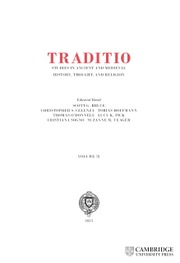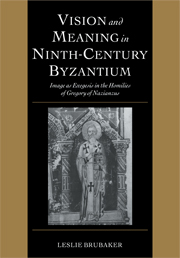Byzantium in the Iconoclast Era, c. 680–850
Iconoclasm, the debate about the legitimacy of religious art that began in Byzantium around 720 and continued for nearly one hundred and twenty years, has long held a firm grip on the historical imagination. This is the first book in English for over fifty years to survey this most elusive and fascinating period in medieval history. It is also the first book in any language to combine the expertise of two authors who are specialists in the written, archaeological and visual evidence from this period, a combination of particular importance to the iconoclasm debate. The authors have worked together to provide a comprehensive overview of the visual, written and other materials that together help clarify the complex issues of iconoclasm in Byzantium. In doing so they challenge many traditional assumptions about iconoclasm and set the period firmly in its broader political, cultural and social-economic context.
- A major new survey of this most elusive and fascinating of periods of medieval history
- Combines the expertise of a world-renowned art historian and historian, both specialists in the visual and written evidence of the period
- Challenges many traditional views and places the period firmly in its broader political, cultural and social-economic context
Reviews & endorsements
"This is the most important book on Byzantium to appear in my lifetime. The authors admirably fulfil their stated intention to discuss political recovery and institutional reshaping, the final stages in the evolution of eastern Orthodox dogma, the emergence of a new political and social elite, the transformation of urban life as well as urban-rural relations, and the generation of a new 'medieval' perspective on the past."
Thomas F. X. Noble, Journal of Interdisciplinary History
"… scholars and students interested in iconoclasm and Byzantine history cannot afford to ignore this volume."
Arctos
Product details
February 2015Paperback
9781107626294
944 pages
244 × 170 × 47 mm
1.6kg
71 b/w illus. 7 maps
Available
Table of Contents
- Introduction
- 1. Belief, ideology and practice in a changing world
- 2. Leo III: iconoclast or opportunist?
- 3. Constantine V and the institutionalisation of iconoclasm
- 4. The triumph of tradition? The iconophile intermission, 775–813
- 5. The second iconoclasm
- 6. Economy, society and state
- 7. Patterns of settlement: urban and rural life
- 8. Social elites and the court
- 9. Society, politics and power
- 10. Fiscal management and administration
- 11. Strategic administration and the origins of the themata
- 12. Iconoclasm, representation, and rewriting the past.


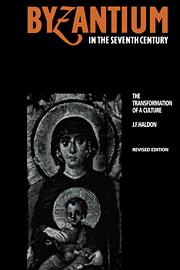
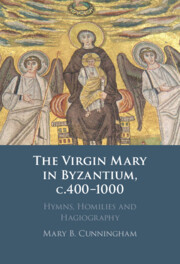
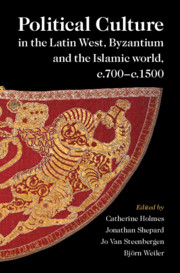
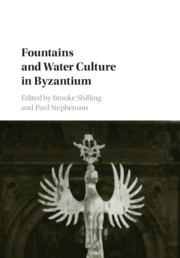

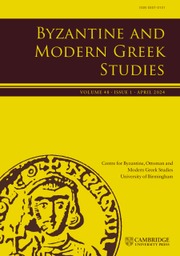
.jpg)
.jpg)
